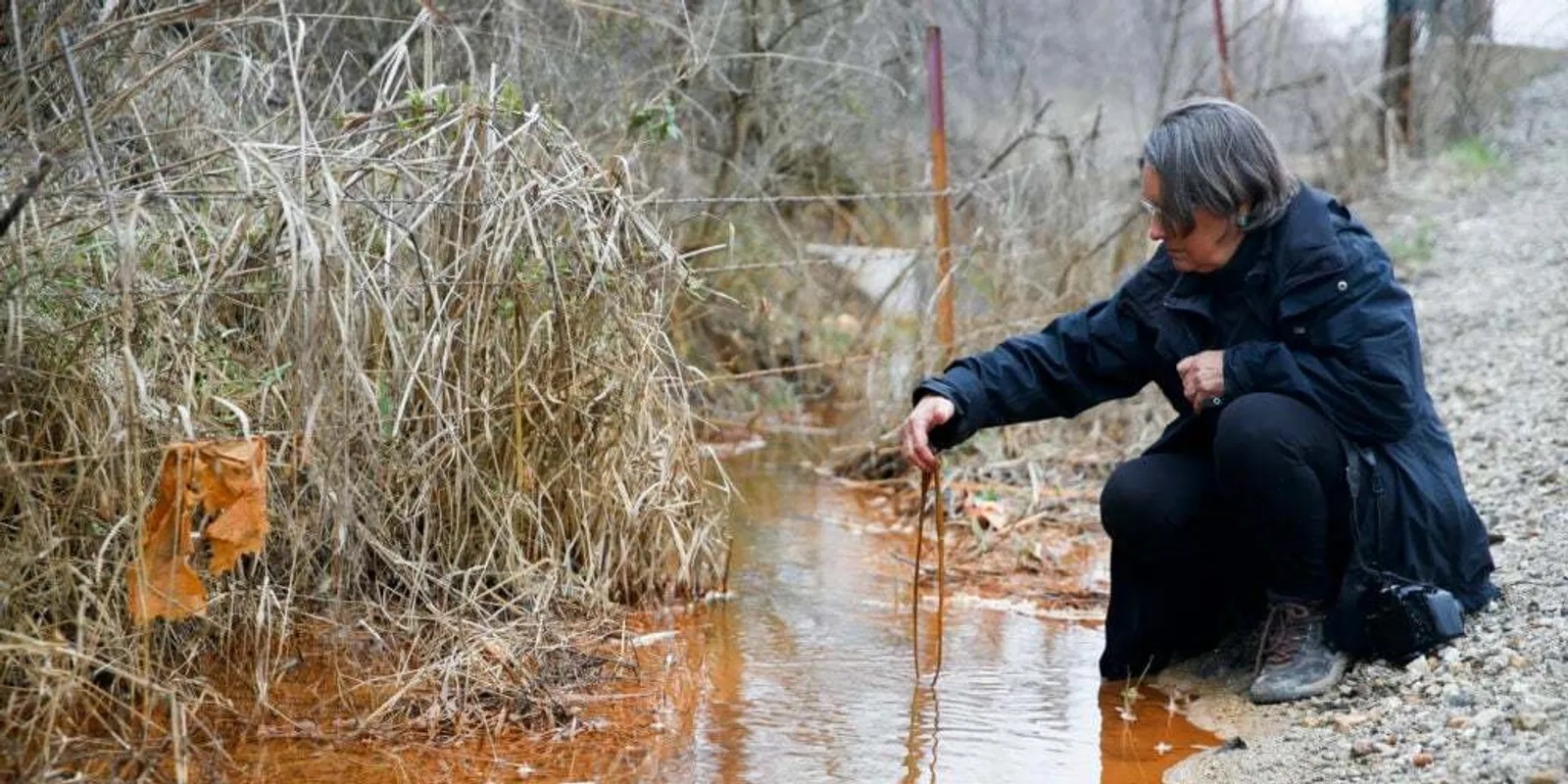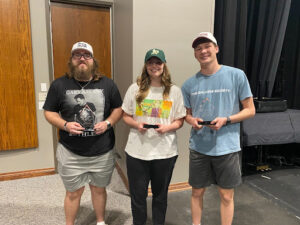On Feb. 13, Oklahoma Christian hosted a panel of experts on the Tar Creek Superfund site. These experts — Summer Kind, Bob Nairn and Guy Sewell — spoke on the current progress of the toxic wasteland that remains in the Tri-State Mining District.
For context, in the early 1900s, Oklahoma was one of three states to strike the gold of the period: lead. In combination with portions of Kansas and Missouri, the Tri-State Mining District was formed after the Quapaw Native American tribe who owned the land were forced to lease to mining companies.
According to Tri-State Lead and Zinc District | The Encyclopedia of Oklahoma History and Culture (okhistory.org), with this forcibly leased land, the mining district was able to produce an estimated $88 million in lead and $222 million in zinc revenues from 1908 to 1930. This area became responsible for producing “50 percent of the zinc and 45 percent of the lead needed in World War 1.”
However, this gray Oklahoma gold did not come without a price, Oklahomans are beginning to realize. The Tri-State Mining District did not realize they were creating one of the largest toxic waste sites in the country, uninhabitable for not only humans but also wildlife. These sites are now dubbed “Superfund”s, which comes from the Comprehensive Environmental Response, Compensation and Liability Act of 1980, in direct reference to the “trust fund set up by Congress to handle emergency and hazardous waste sites needing long-term cleanup” according to “Superfund.”
The Tri-State Mining District was aware of the potential negative environmental effect, as the Matt Myers’ documentary Tar Creek references a document where mining companies warn of potential issues presented when mining stops in the area. But as the practices were sustained, they eventually contaminated two major aspects of the area — the water and the soil.
Now, the water of the area is tinged an alarming bright orange, containing a mix of iron, zinc and lead that has caused damage to not only citizens but wildlife as well. The name Tar Creek specifically references the 11-mile stream that runs through the Superfund site, rusted orange and void of wildlife like fish or birds.
In addition to the water contamination, chat piles of fragmented rocks and minerals discarded during the lead and zinc mining process are present, which bring high levels of medical issues to nearby residents. The piles’ danger come from the smaller bioavailable fragments that come into contact with residents through consumption or inhalation. Beaches, playgrounds and other recreational activities existed there before the residents were aware of the danger they were placing themselves in.
While many Oklahomans are blissfully unaware of the effects of this contamination, the former citizens of Picher, Oklahoma, suffered from the negligence of the industry and government oversight. The toxic ghost town is home to three dangerous effects of the Tri-State Mining districts’ lead and zinc mining — water, soil contamination and severe underscoring.
According to Hayes in “How the once-booming mine town of Picher, Oklahoma became America’s most toxic ghost town,” in 2006, the federal government said over 150 homes, businesses and public areas or buildings in the small town were in severe danger of caving due to undermining. The mining that occurred under the area which lacked sufficient support led to several large sinkhole-type events where old mine shafts would cave in, taking the land atop it down with the tumbling earth. These collapses forced Senator Inhofe to call for a buyout of all resident homes affected who were willing and able to relocate. However, this effort in and of itself was not without controversy, as many citizens did not want to relocate or be improperly compensated for their homes.
However, the children of the town were being exposed to dangerously high levels of heavy metals, as the noxious effects of the metal-heavy water run-off into yards and the practice of playing in chat piles were not made apparent to citizens of the area. According to the CDC, high levels of lead in children can lead to damage to the brain and nervous system, delayed development, and learning and behavioral issues, directly correlating to a decreased ability to perform in school. The children in Picher, Oklahoma, experienced these issues seemingly without cause or explanation.
In “Who will save the children of Ottawa County?,” Tom Lindley points out “38.3 percent of the children tested in Picher, 62.5 percent of the children tested in nearby Cardin and 13.4 percent of the children tested in Quapaw had elevated blood lead levels, compared with less than 2 percent in the rest of the state.” Lindley also drew attention to how the miners at the time were treated, noting how they were left as shells “who spit up their lungs piece by piece in tin buckets.”
The former citizens of Picher, Oklahoma, are not the only ones facing the effects of an overrunning industry gone rampant. The Tar Creek Fish Consumption Booklet details restrictions on consuming fish from not only the superfund site but the fish found in Grand Lake, Oklahoma, a popular fishing, camping and water recreation spot, as well. The guide lists a limitation on specific fish due to the levels of lead found in them being elevated to a potentially harmful level if consumed in mass amounts.
While the water at Grand Lake does not contain enough lead or other heavy metals to cause significant damage to humans or wildlife, the fish reveal the high levels of lead running off from Superfund sites such as Tar Creek. Dr. Nairn directly references this and the strict building regulations placed on citizens of the area when digging to build docks or homes occurs. This issue spans the entirety of Oklahoma, with elevated lead being found in several bodies of water throughout the state.
In the words of panelist Summer Kind, an Environmental Scientist for the Quapaw Nation, the Tar Creek superfund site is the “poster child for unregulated industry” and should serve as a lesson to future generations as an example of what not to do in the search for capital gain and industrial advancement.



















Be First to Comment